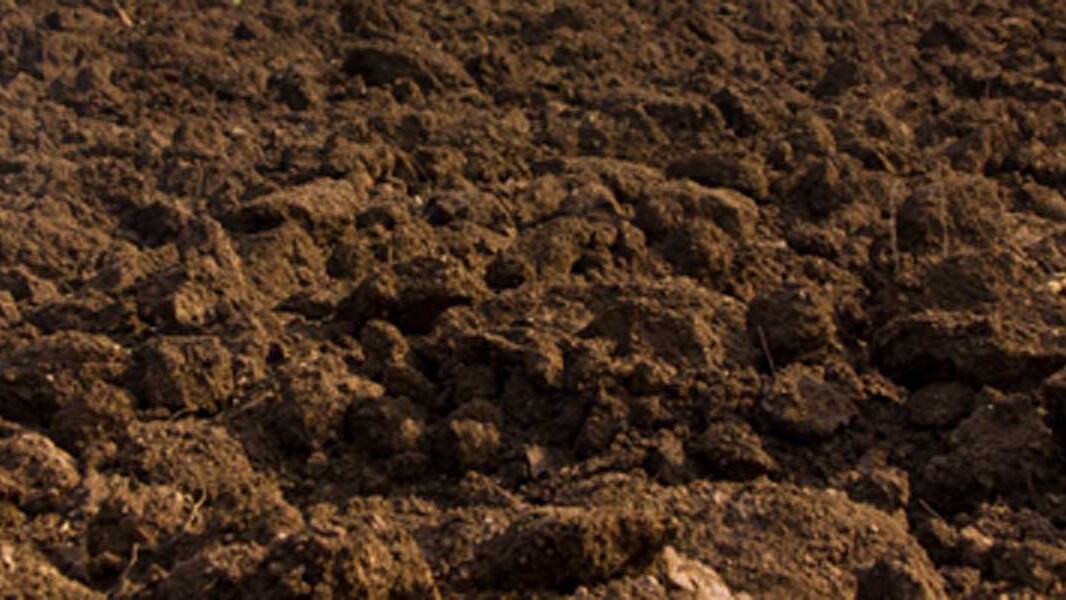Lead is an extremely stable element that is categorised as a heavy metal. It is a dangerous neurotoxin to humans and animals.
Small amounts of lead are naturally present in the soil and in vegetables, and should not cause alarm. This is generally in the range of 15 to 40 parts lead to one million parts soil (ppm).
Through the addition of industrial lead pollutants, such as lead particles and chips from lead-based paints, automobile emissions from leaded fuels, and other industrial sources, lead levels in contaminated soil range from 500 ppm to over 3,000 ppm.
Soils near a busy road are typically 30 -2,000 ppm higher than soils in a natural area. Soils adjacent to houses painted with exterior lead based paint may contain lead levels as high as 10,000 ppm.
Once soil has become contaminated with lead, which is not biodegradable, it remains a long term source of lead exposure.

Impact on Fruit and Vegetable Growing
Vegetables can absorb excess lead from highly contaminated soils. Planting a vegetable garden where rubbish was once dumped; on previous agricultural land; where there are nearby mines or smelters; or where a house once stood (the concern here is primarily from lead-based paints which were used prior to the 1950s), could all pose a hazard.
You can have your soil tested if you are concerned, but it can be costly.
CSIRO has found more pollution in leafy vegetables and root crops than fruiting plant produce (for example, fruit trees, tomatoes, and peas and beans). This means that soils with more than 3000ppm lead are deemed ok for fruit and grain crops, but not for leafy or root vegetables.
Vegetable gardens should be established away from busy roads – at least 20 to 80 metres away.

If you’re concerned about lead in your soil, consider taking these actions:
- Peel root crops, such as potatoes and carrots, as most contaminants taken up from the soil are found in the skin of these plants.
- Wash vegetables thoroughly. Discard older, outer leaves which absorb more lead.
- Maintain a soil pH of 6.5 to 7.0 and provide adequate phosphorus fertilisation to reduce lead uptake from the soil.
- Plant fruiting vegetables instead of leafy or root crops which take up more lead.
- Organic matter added to the soil helps tie up lead and makes it less available to plants.
- Mulch the soil to reduce blowing dust and to increase water retention.
Children and Lead
Lead poisoning is one of the most common paediatric health problems in the United States. In 1985 the U.S. Center for Disease Control (CDC) defined childhood lead poisoning as occurring at blood lead levels of greater than 25 ug/dL. This definition was revised down to 10 ug/dL, due to new scientific evidence showing decreased intelligence and slower neurological development of children with blood levels as low as 10 ug/Dl.
Leaded petrol was banned from sale in Australia in January 2002 and since then lead pollution from the air has been declining.
Improve your Diet
A CSIRO study in 2003 found that a major pathway for copper, lead, cadmium, arsenic and DDT is through the foodchain. A poor diet that is low in iron, calcium, calories, protein, zinc and vitamin C, and high in fat, will increase the risk that you will absorb lead from your diet.
A further study documented how much some plants tend to take up heavy metals such as lead:
High uptake: lettuce, spinach, carrot, endive, cress, beet and silverbeet leaves.
Moderate uptake: onion, mustard, potato, radish.
Low uptake: corn, cauliflower, asparagus, celery, berries.
Very low uptake: beans, peas, melon, tomatoes, fruit.
Related Articles:
The Importance of building soil health for a biodeverse, productive garden
Creating a thriving garden that not only sustains itself but also contributes to the broader ecosystem requires more than just sunlight and water.…
Soil as a Carbon Store
Rather than regarding soil as just a medium for growing plants, we should also be viewing soil as a carbon store. This means that it is an important…




